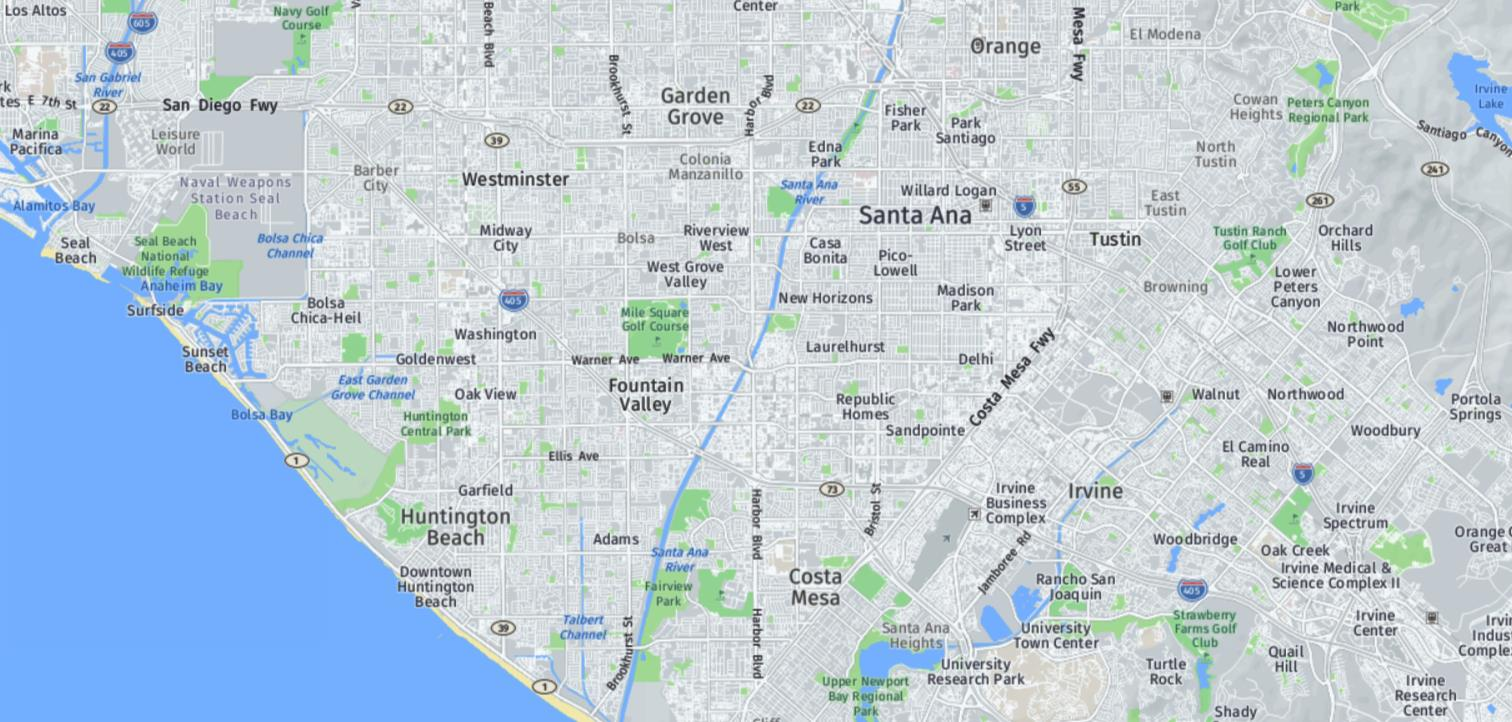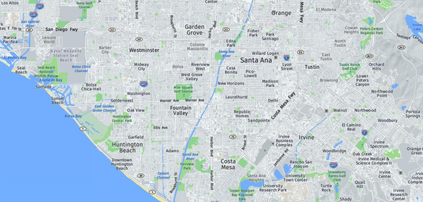Urban traffic flow prediction using data-driven models can play an important role in route planning and preventing congestion on highways. These methods utilize data collected from traffic recording stations at different timestamps to predict the future status of traffic. Hence, data collection, transmission, storage, and extraction techniques can have a significant impact on the performance of the traffic flow model. On the other hand, a comprehensive database can provide the opportunity for using complex, yet reliable predictive models such as deep learning methods. However, most of these methods have difficulties in handling missing values and outliers. This study focuses on hybrid deep neural networks to predict traffic flow in the California Freeway Performance Measurement System (PeMS) with missing values. The proposed networks are based on a combination of recurrent neural networks (RNNs) to consider the temporal dependencies in the data recorded in each station and convolutional neural networks (CNNs) to take the spatial correlations in the adjacent stations into account. Various architecture configurations with series and parallel connections are considered based on RNNs and CNNs, and several prevalent data imputation techniques are used to examine the robustness of the hybrid networks to missing values. A comprehensive analysis performed on two different datasets from PeMS indicates that the proposed series-parallel hybrid network with the mean imputation technique achieves the lowest error in predicting the traffic flow and is robust to missing values up until 21% missing ratio in both complete and incomplete training data scenarios when applied to an incomplete test data.
翻译:利用数据驱动模型对城市交通流量进行预测,可以在路线规划和防止高速公路交通堵塞方面发挥重要作用。这些方法利用不同时点的交通记录站收集的数据预测未来交通状况。因此,数据收集、传输、储存和提取技术可以对交通流量模型的性能产生重大影响。另一方面,一个综合数据库可以提供机会,利用复杂而可靠的预测模型,如深层次学习方法等。然而,这些方法大多难以处理缺失的值和离线。这项研究的重点是混合深层神经网络,以预测具有缺失值的加利福尼亚联邦高速公路性能测量系统(PEMS)的流量。拟议网络以经常性神经网络(RNNNS)的组合为基础,考虑每个站和革命性神经网络(CNNs)所记录的数据的暂时依赖性,以考虑相邻各站的空洞空间关系。根据RNNNS和CNN,考虑有序列和平行连接的各种不完全的架构配置。在混合网络运行期间,采用一些普遍的数据干扰技术,以检查混合网络(PENMS)的稳健性动态,然后用两种测试方法进行最低的周期数据分析。





